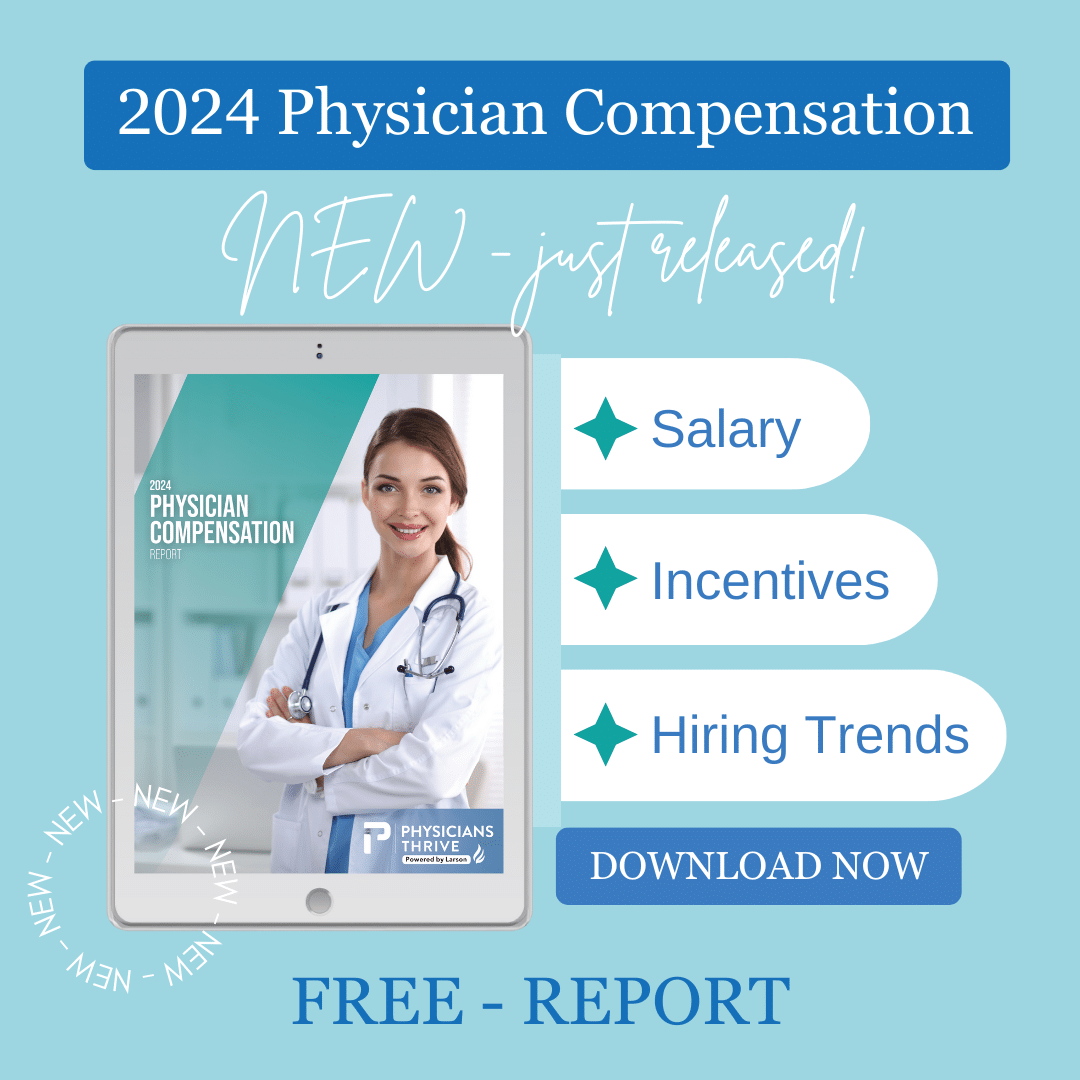Often called a critical care doctor, an intensivist specializes in treating critically ill patients in an intensive care unit, a practice that requires years of advanced training.
These specialists must secure competitive fellowships but will find their skills in high demand.
These practitioners must finish medical school before they complete a residency and board certification in various specialties, like internal medicine, pediatrics, or surgery.
Afterward, the doctors complete a fellowship and board certification for critical care medicine, finally receiving their job title.
Thus, critical care doctors don’t focus on one particular specialty, like surgeons or heart doctors. Instead, intensivists work with a more holistic perspective.
They typically lead caregiving teams of various specialists who treat seriously ill patients.
Key Takeaways
- On average, intensivists are paid in the $340,000-$410,000 range per year.
- Critical care physician salaries are affected by geography, experience, subspecialty, and—to a worrying degree—gender.
- Subspecialties such as surgery offer the highest average salaries. Setting-wise, multispecialty practices offer the highest wages, while they’re the lowest in academia.
- Investing in retirement planning and malpractice insurance is essential for saving money in the long run.
Table of Contents
Average Intensivist Salary
Several companies offer critical care doctor salary surveys. However, the survey results vary slightly because of the different population groups and methodologies used.
Intensivists may find it helpful to compare salary estimates from various sources.
For instance:
- According to Salary.com, critical care doctor compensation ranges from a low of $315,617 to a high of $444,015. The total compensation included an average salary of $366,045 and an average incentive bonus of $16,500.
- Medscape’s survey found an average salary of $406,000.
- AAMC focused on critical care physicians in academic settings, with an estimated average of $348,000.
Top 10 US Cities with the Highest Intensivist Salary in 2024
| City | Annual Salary | Monthly Pay | Hourly Wage |
| San Jose, CA | $477,522 | $39,793 | $229.58 |
| Vallejo, CA | $467,993 | $38,999 | $225.00 |
| Oakland, CA | $467,080 | $38,923 | $224.56 |
| Hayward, CA | $466,287 | $38,857 | $224.18 |
| Ashland, CA | $466,238 | $38,853 | $224.15 |
| Antioch, CA | $465,706 | $38,808 | $223.90 |
| Lebanon, NH | $464,016 | $38,668 | $223.08 |
| Seattle, WA | $463,661 | $38,638 | $222.91 |
| Norwood, MA | $459,490 | $38,290 | $220.91 |
| Santa Barbara, CA | $458,007 | $38,167 | $220.20 |
Source: ZipRecruiter
Which Factors May Impact a Critical Care Doctor’s Salary?
Qualified critical doctors should expect generous salary offers.
At the same time, salaries offered to an individual physician can vary substantially because of geographic area, experience, specialties, and hospital or facility.
For instance, Salary.com found the highest average salaries for intensivists in San Francisco, with New York City, Boston, and Washington DC not far behind.
In addition, women in this profession may face obstacles to earning higher salaries, as demonstrated by a substantial gender gap.
According to a report on the National Library of Medicine, women are underrepresented in this medical specialty, especially in leadership positions and academic publishing.
Some barriers to entry for female critical care doctors may include gender bias, the time needed to fulfill certification requirements, and female students’ perception of unflexible schedules in the field.
A recent AAMC study uncovered average pay discrepancies between male and female doctors in all fields of medicine.
At the same time, some medical branches have tended to attract a more significant percentage of women.
For instance, women make up over half of all obstetricians and 63.3% of pediatricians, according to Staffware.com.
However, only about one-quarter of critical care doctors are women.
Thus, underrepresentation may lead to more significant pay disparities between men and women in this field, partially because of years of experience on the side of male doctors.
Critical Care Subspecialty Salaries
A critical care doctor must complete five years of training education after medical school, including a residency and fellowship.
This commitment allows doctors to focus on a subspecialty, like pediatrics, pulmonary care, or surgery.
Typically, expect the salary for a specialty that typically pays better to also pay better for a critical care specialist.
For instance, expect an intensivist salary for a surgical specialty to be higher than for pediatrics.
At the same time, Medscape found that the employment setting and geographic area also significantly impact compensation.
For example, the report uncovered the highest critical care doctor salary in multispecialty practices.
Expect lower-than-average pay in hospitals or academies.
Read this: Experts Weigh in on the Future of Healthcare in the Next 30 Years
How to Increase Your Salary as a Critical Care Intensivist
Naturally, intensivists will seek compensation for the investment they make in their careers.
While typical pay for critical care doctors averages higher than for many other specialties, this profession demands a lengthy training period and often long work hours.
Some excellent ways of maximizing a critical care doctor’s salary include:
- Establishing a practice: Doctors who own practices or share a partnership typically earn more than those who work as employees. Consider establishing a practice or joining together with other practitioners in a partnership.
- Seeking a higher-paying subspecialty: Intensivists who focus on higher-paying specialties may find their talents compensated better because of demand.
- Negotiating bonus pay: Besides an intensivist salary, bonuses make up a large portion of compensation for critical care doctors who work as employees.
Related reading: How to Negotiate a Physician Relocation Bonus
Making the Most of a Critical Care Doctor’s Salary
Doctors who commit to completing the training and certification for an intensivist career will undoubtedly want to make the most out of their earnings in the long run.
Consider these suggestions to begin balancing out wealth and security.
Save for Retirement
Younger practitioners might feel like they can always plan for retirement later.
Even so, people who work hard for their money should consider giving their money time to grow, so savings can start earning additional income with interest and dividends.
Specialist doctors spend years in medical school, residencies, and fellowships learning medicine, but classes don’t always include guidance about financial management.
To that end, be sure to check out The Complete Guide to Physician Retirement Planning.
For example, tax-advantaged retirement accounts can reduce tax burdens now and earn tax-deferred or tax-free growth later.
Employers may offer a 401(k) or 403(b) plan, and some incentivize savings with matching contributions.
Self-employed doctors should look into traditional or Roth IRAs and tax-free bonds or ETFs.
Compare Malpractice Insurance Options
Busy medical professionals may not care to spend much time considering malpractice insurance options.
At the same time, the American Medical Association reported that one out of two doctors suffered from a lawsuit by age 55.
Thus, critical care doctors can’t afford to leave this matter to chance. This professional liability insurance can help pay for judgments or settlements and fund a pricey legal defense.
To get started comparing malpractice insurance alternatives, doctors should familiarize themselves with the two kinds of malpractice insurance policies:
- Occurrence: This less-common type of malpractice insurance typically costs more than claims-made policies but is simpler to understand. It covers liability claims for events that occurred during an active policy term, regardless of when the claimant reported their complaint.
- Claims-made: This type of malpractice policy only covers events if the occurrence and the complaint occurred when the policy was active. In this case, the practitioner would need to purchase a tail to ensure coverage for any claims made after they terminated the policy, even if the act occurred when the policy was active.
The choice of coverage presents a challenge, even for highly educated doctors.
Doctors must maintain the right coverage, either alone or through an employment contract, to ensure financial security, compliance with laws and contract terms, and peace of mind.
For more information on malpractice insurance options, we can provide a personal consultation.
Final Thoughts
A physician’s life is highly stressful and intense, which is even more pronounced with specialties dealing with particularly difficult cases, such as intensive care.
Worrying about retirement, insurance, and other similar concerns only adds to the stress, but you don’t have to worry about it alone.
Here at Physicians Thrive, we provide a full suite of financial planning services, including retirement planning, insurance, private practice startups, and much more.
If you need any help with financial planning, we’ve got you covered.
Subscribe to our email newsletter for expert tips about finances, insurance, employment contracts, and more!







































